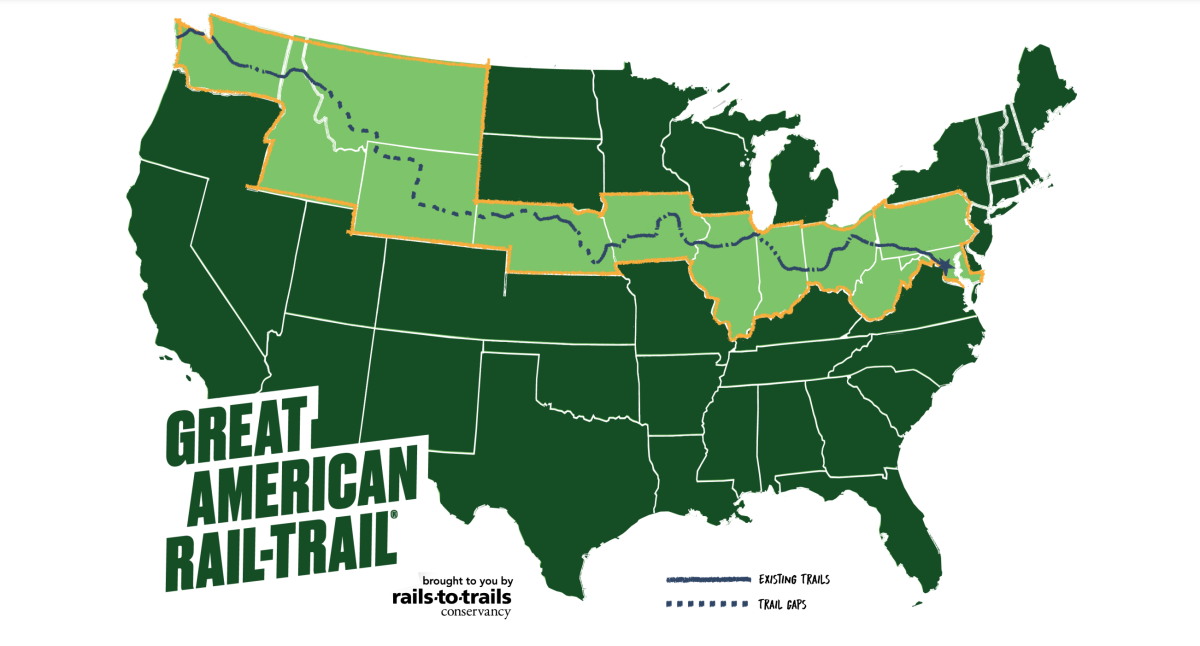Editor’s note: Since 2007, The Daily Yonder has been telling the rich and complex stories of rural America, in contrast to the familiar one-story-fits-all versions. The Our Towns team has been long-time admirers of The Daily Yonder’s work, and we are excited to share some of their reporting on the Our Towns website.
A new media agreement in modern publishing makes it possible for us to republish some of The Daily Yonder’s stories. As they put it: “The Daily Yonder is dedicated to uplifting the stories of rural people. But rural America is a big and diverse place, and we can’t do it alone. That’s why we make our stories available for others to reuse and share with their audiences.”
At Our Towns, we believe in the power and value of telling under-reported stories and using them to connect like-minded communities to each other. This new sharing technology makes it possible to tell more stories and to amplify the messages they carry.
Like The Daily Yonder says, “we can’t do it alone.” We at Our Towns are privileged to republish curated stories from The Daily Yonder. We look forward to offering Our Towns stories for republishing under Creative Commons agreement soon.
In this original report, Sarah Melotte describes repurposing decommissioned railbeds as hike-and-bike trails, bringing potential of economic and recreational development to connected towns across America. We at Our Towns have written about similar projects with big potential here.
The Economic Potential of the Great American Rail-Trail
Trail enthusiasts are expected to increase visitor spending along the Great American Rail-Trail by $229.4 million per year with the potential to boost rural economies, according to a new report from a nonpartisan research organization.
In partnership with Headwaters Economics, the Rails-to-Trails Conservancy conducted an economic impact analysis of the Great American Rail-Trail, which predicts significant boosts to local economies. Nearly 50 million people live within 50 miles of the trail, which is expected to host 25.6 million trips per year, increasing visitor spending by $229.4 million. The conservancy also estimates an annual tax revenue amounting to over $28 million.
The trail’s direct impact on labor income includes things like visitor spending at local restaurants or gear stores, which is expected to amount to $60.9 million per year. Indirect impacts on labor income include supply chain boosts and business-to-business transactions, which is estimated to generate $23.3 million per year, creating a combined $104 million in total labor income annually.
As the nation’s largest trails organization, the Rails-to-Trails Conservancy creates paths along unserviceable railroad corridors, emphasizing the economic and social benefits to communities. Rural economies in particular are expected to benefit from the trail because of the increase in recreation-related jobs.
The trail is both bikeable and walkable and completely separate from motor vehicle traffic. Because old railroad rights of way offer wide paths and gentle slopes, visitors of all skill levels and abilities are able to enjoy the trails..
When completed, the trail will span 3,700 miles of the country and 12 states, connecting both urban and rural centers. Starting in Washington, D.C., the rail-trail enters Rock Creek Park, the nation’s oldest urban park on the National Park registry, and ends at the Washington coast along the existing Olympic Discovery Trail.
More than 53% of the Great American Rail-Trail is already complete, but the conservancy must connect 88 more gaps spanning a total of 1,700 more miles before the project is finished. The conservancy hopes to draw both national and international visitors who wish to enjoy America’s diverse landscapes.
The analysis was performed using trail count data, statistical models, existing literature on trail use characteristics, and estimates from economic modeling programs.
To see the completed methods and report, visit Headwaters Economics.
This article first appeared on The Daily Yonder and is republished here under a Creative Commons license.




